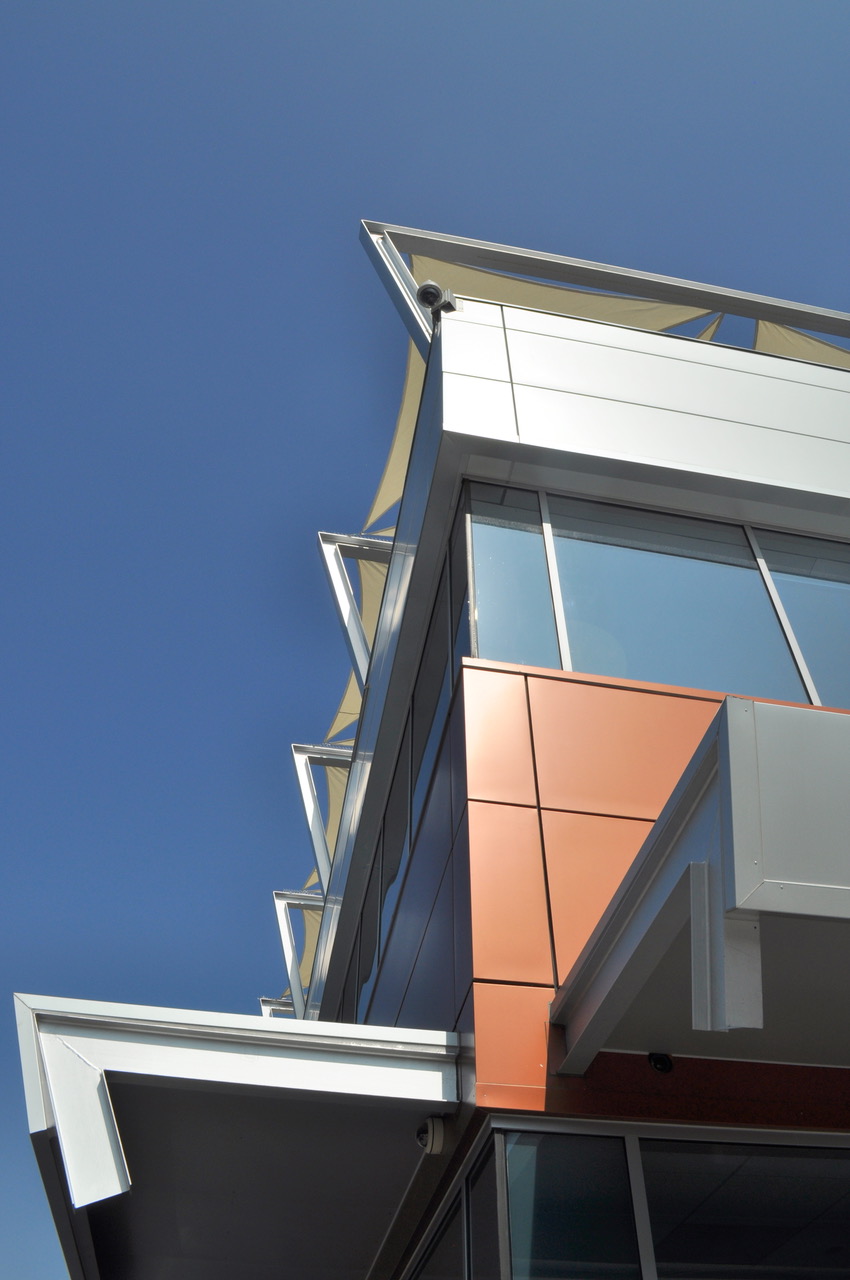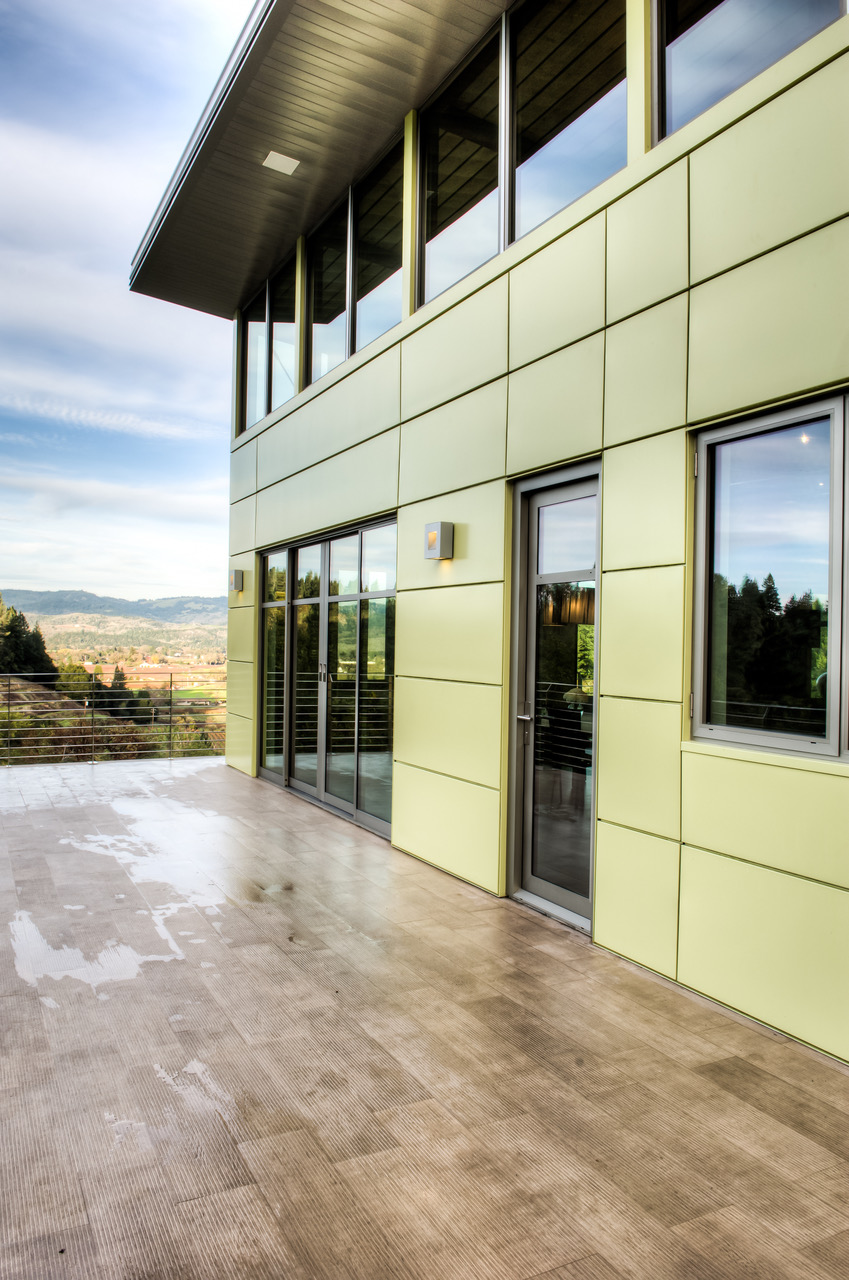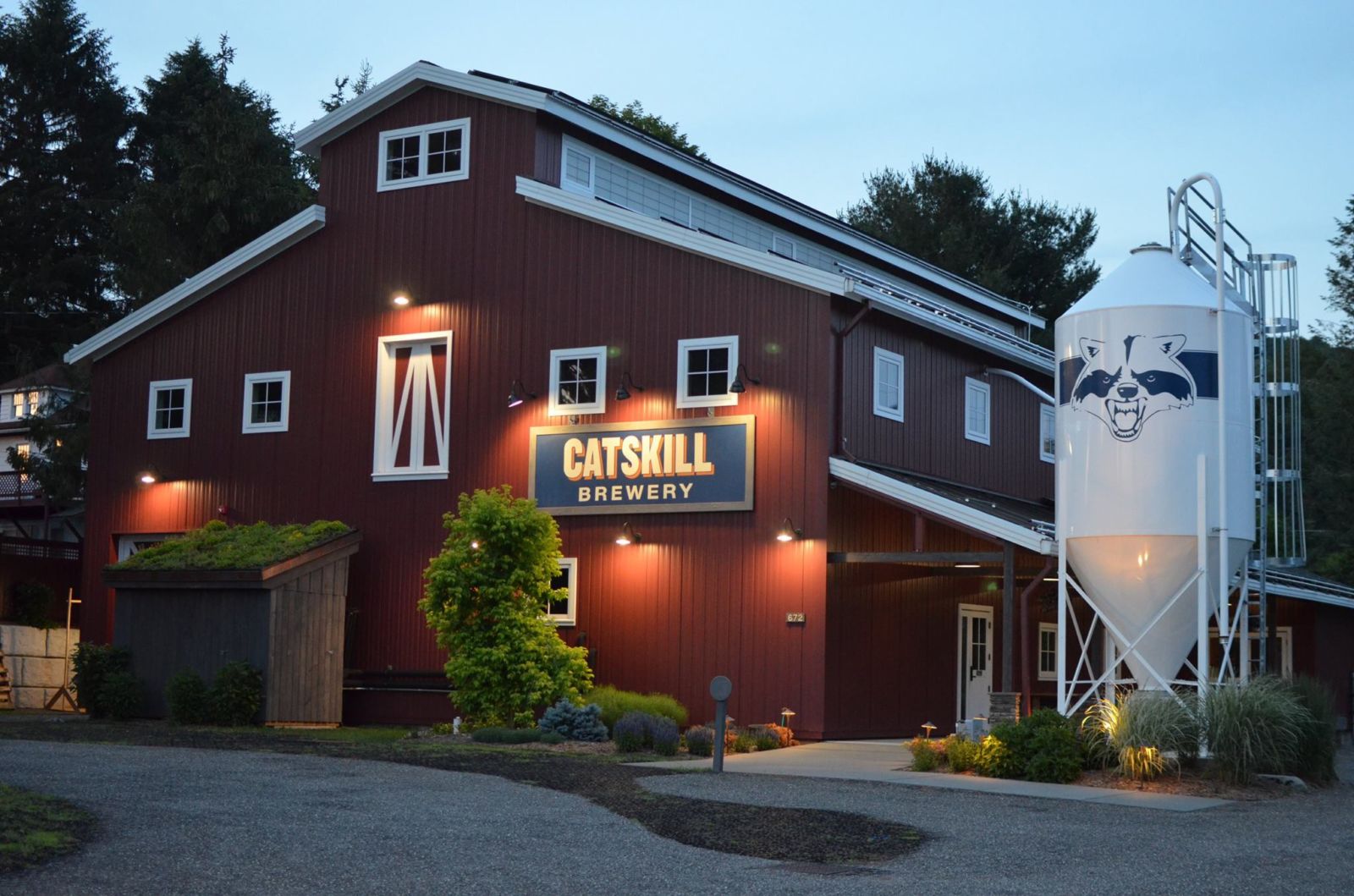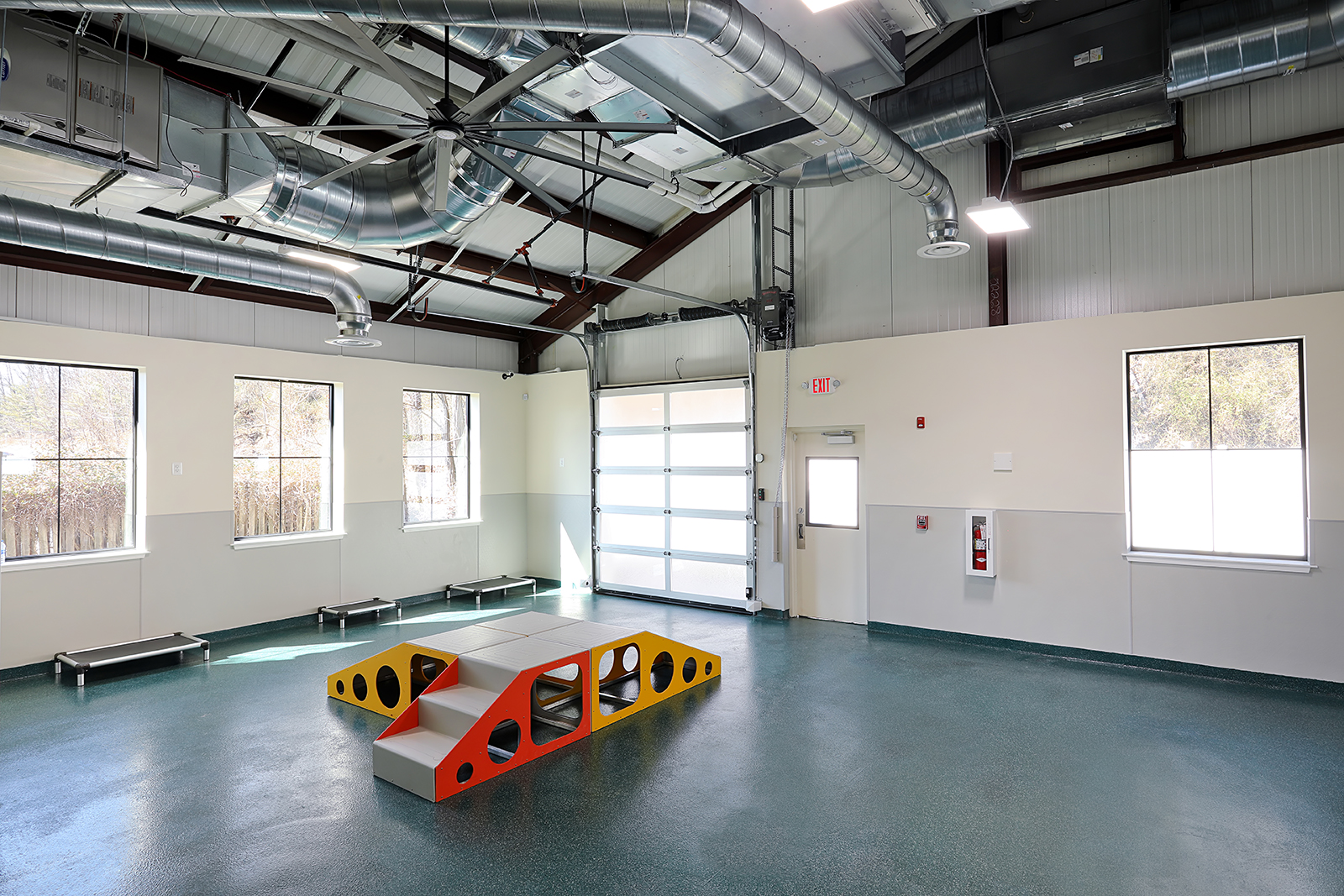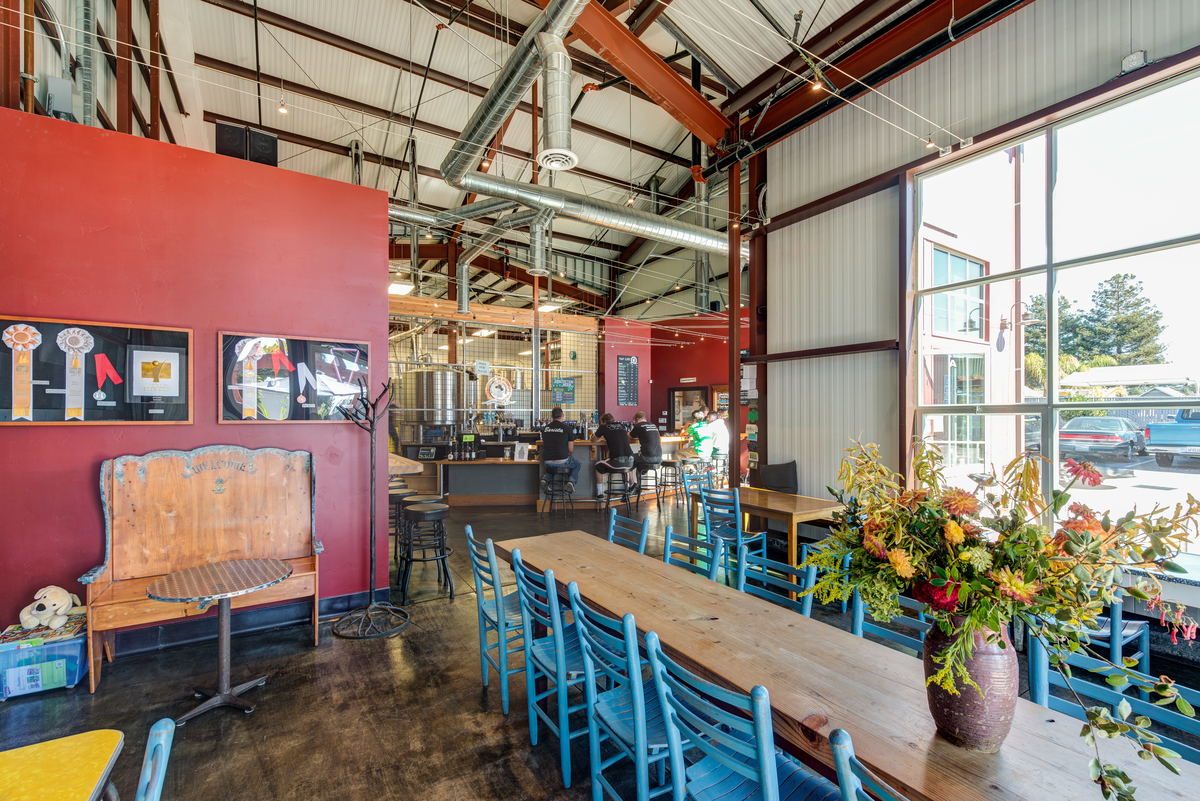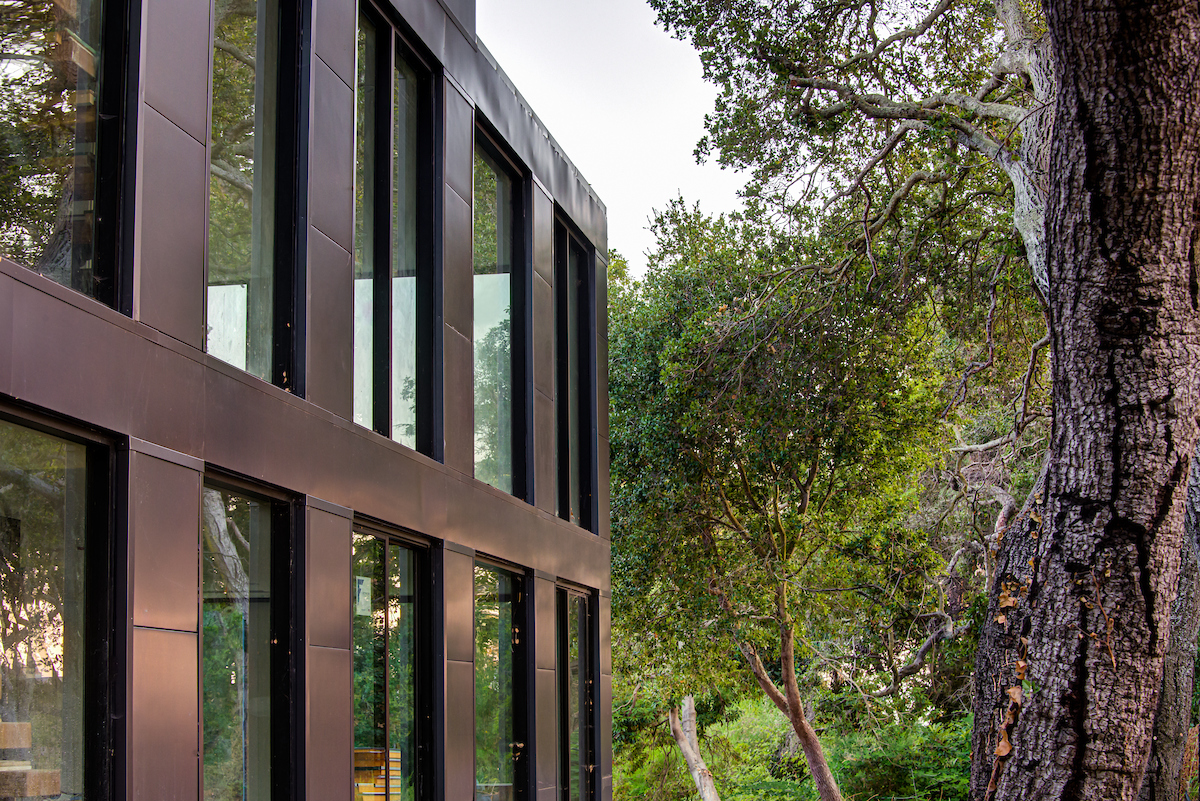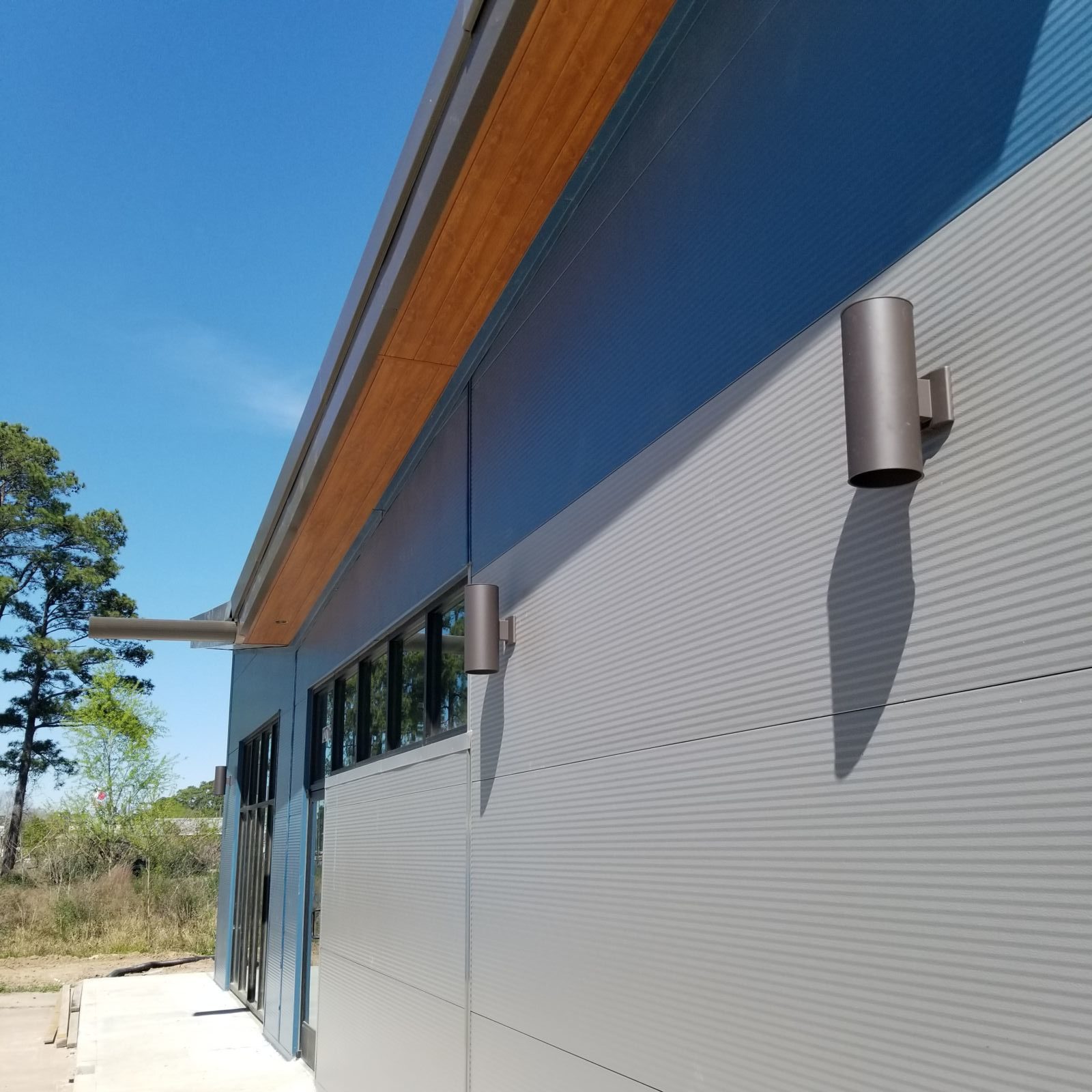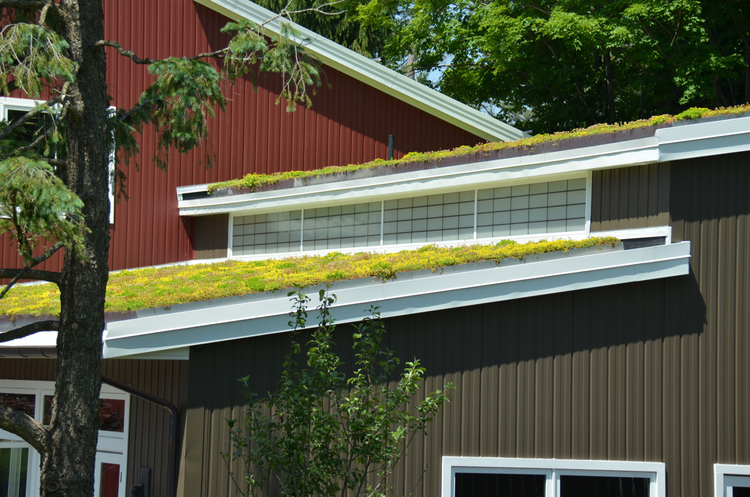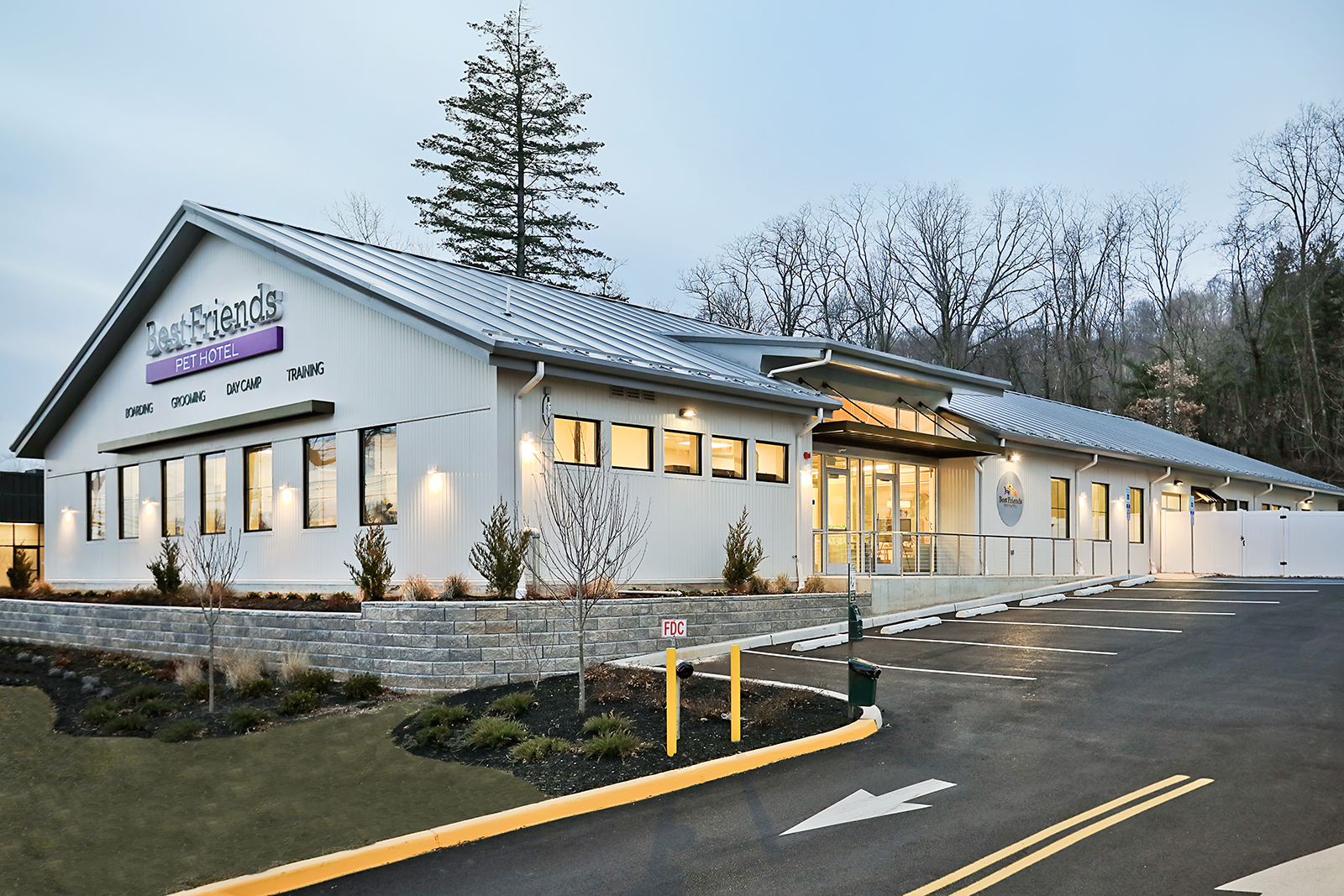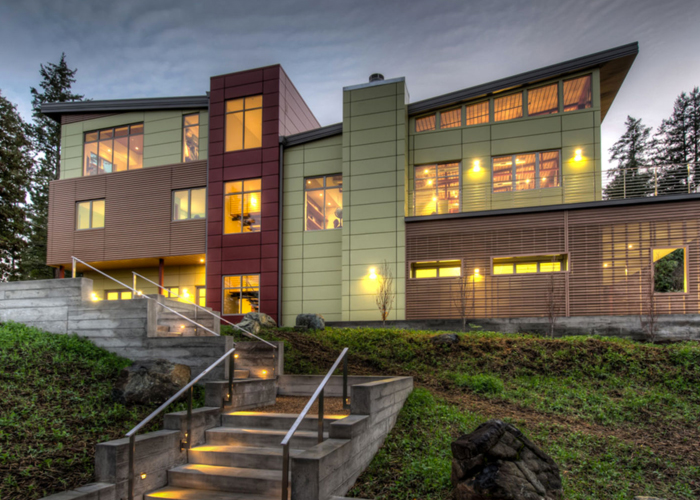Achieving LEED Certification: Steps to Sustainable Building Success
As sustainability becomes an integral part of modern construction, many builders and developers are looking to achieve LEED certification as a benchmark of their commitment to green building practices. The Leadership in Energy and Environmental Design (LEED) certification is recognized globally and provides a framework for healthy, efficient, and cost-saving green buildings. In this post, we will explore what LEED certification entails, the steps to achieve it, and the benefits it brings.

What Is the LEED Certification?
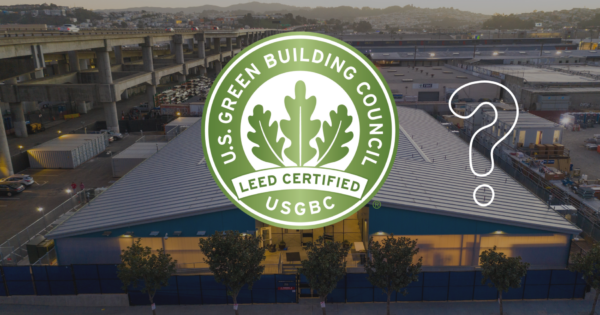
LEED certification is a rating system developed by the U.S. Green Building Council (USGBC) that assesses the environmental performance of buildings and encourages market transformation towards sustainable design. The certification process evaluates various aspects of a building, including energy efficiency, water usage, materials selection, indoor environmental quality, and sustainable site development. Buildings can achieve different levels of certification: Certified, Silver, Gold, and Platinum, depending on the points earned through the LEED rating system.
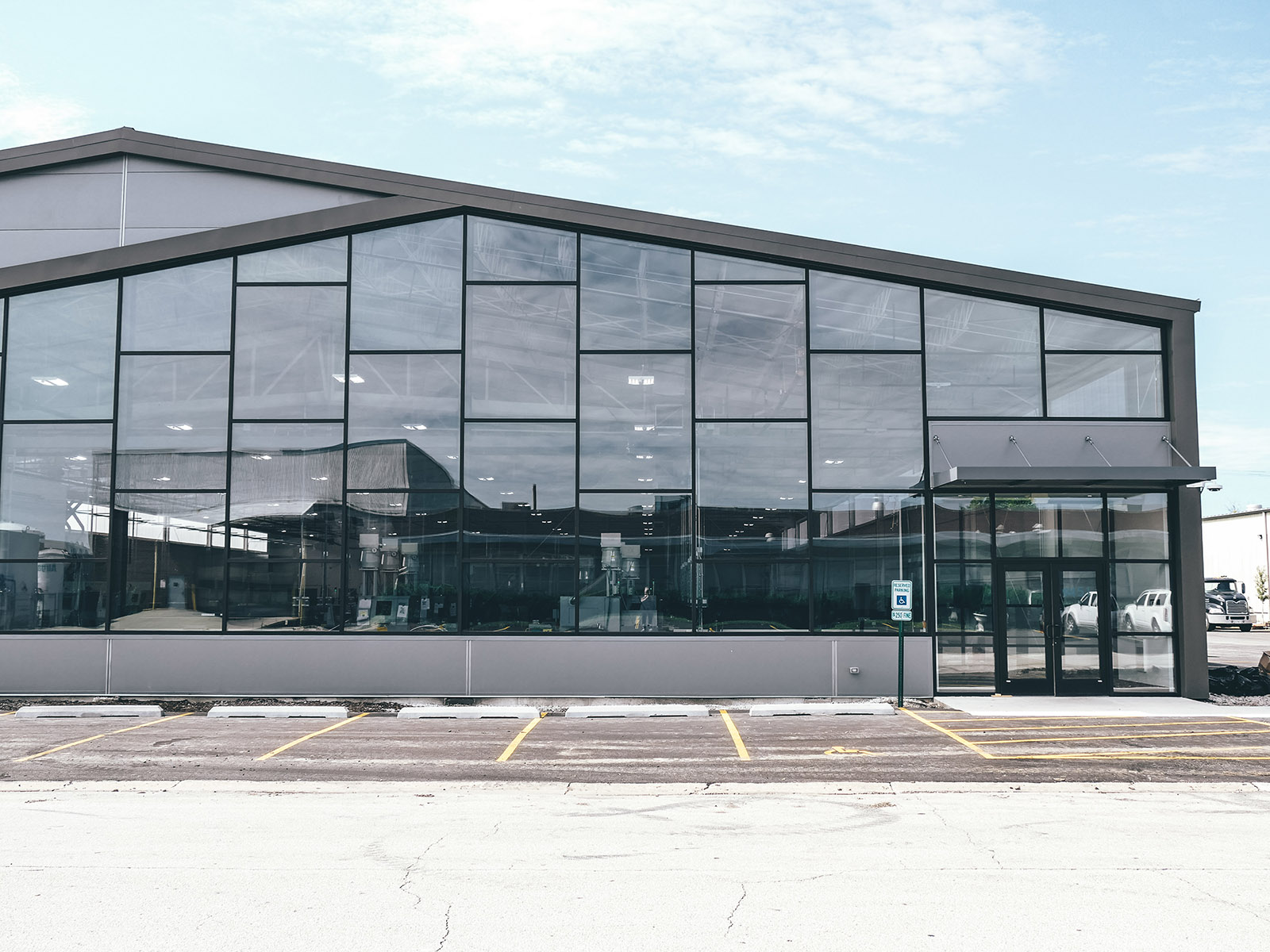
How Does a Person Become LEED Certified?
To become LEED certified, a building project must follow a specific process:
- Register the Project: The first step is to register the project with the USGBC. This includes creating a project account and paying a registration fee.
- Assemble a Team: Engage a team of professionals familiar with LEED requirements, such as architects, engineers, and sustainability consultants.
- Set Goals: Define sustainability goals based on the LEED categories relevant to the project.
- Document Requirements: Collect and submit all necessary documentation, demonstrating how the project meets the LEED criteria.
- Review Process: Once the documentation is submitted, the USGBC will review the application and assign points based on the project’s compliance with LEED standards.
- Certification Decision: After the review, the project will receive a certification decision, indicating whether it has achieved LEED status and at what level.
Is LEED Certification Hard to Get?
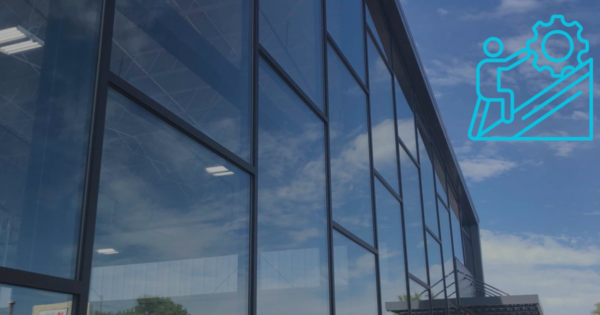
Achieving LEED certification can be challenging, but it is not insurmountable. The complexity largely depends on the project size, type, and the level of sustainability goals set. While the certification process involves detailed documentation and adherence to stringent criteria, having a knowledgeable team can significantly streamline the process. Many projects also find that the benefits of certification, such as increased marketability, lower operating costs, and improved occupant satisfaction, outweigh the challenges.
How Long Does It Take to Get LEED Certified?
The timeline for achieving LEED certification varies based on several factors, including project size, complexity, and how prepared the team is. On average, the certification process can take anywhere from a few months to over a year. Here’s a rough breakdown of the timeline:
- Registration: 1-2 weeks
- Documentation and Submission: 1-3 months, depending on the project’s complexity
- Review Period: 20-25 weeks for the USGBC to conduct the review
- Final Certification Decision: 1-2 weeks after the review is complete
By planning ahead and ensuring all documentation is thorough and complete, project teams can expedite the certification process.
The Benefits of Achieving LEED Certification
Beyond demonstrating a commitment to sustainability, achieving LEED certification offers numerous advantages, including:
- Enhanced Marketability: LEED certification is a recognized symbol of sustainability that can attract environmentally-conscious clients and tenants.
- Operational Savings: LEED-certified buildings often have lower operating costs due to energy and water efficiency.
- Improved Occupant Health: These buildings typically provide better indoor air quality and natural lighting, leading to increased occupant comfort and productivity.
- Access to Incentives: Many local governments offer tax incentives, grants, or other financial benefits for LEED-certified projects.
LEARN MORE – ADDITIONAL RESOURCES
Shaping Tomorrow: The Impact of Artificial Intelligence on the Evolution of Steel Building Design and Construction.
In conclusion, achieving LEED certification is a strategic move for any builder or developer committed to sustainability. With a well-prepared team and a clear understanding of the certification process, the path to creating a certified green building can lead to numerous benefits and contribute to a more sustainable future.
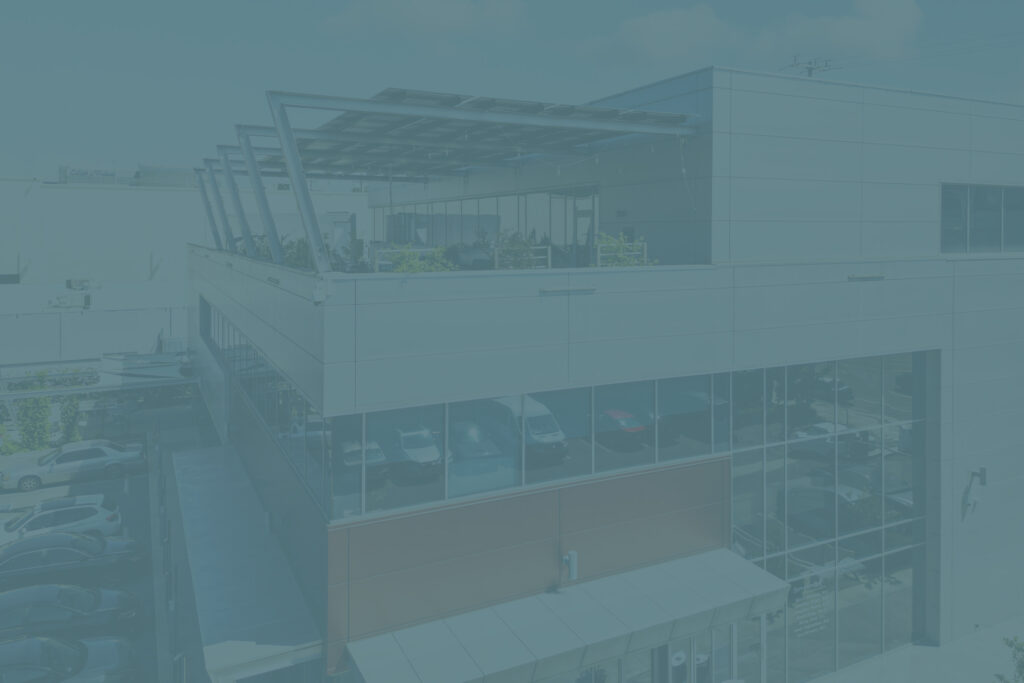
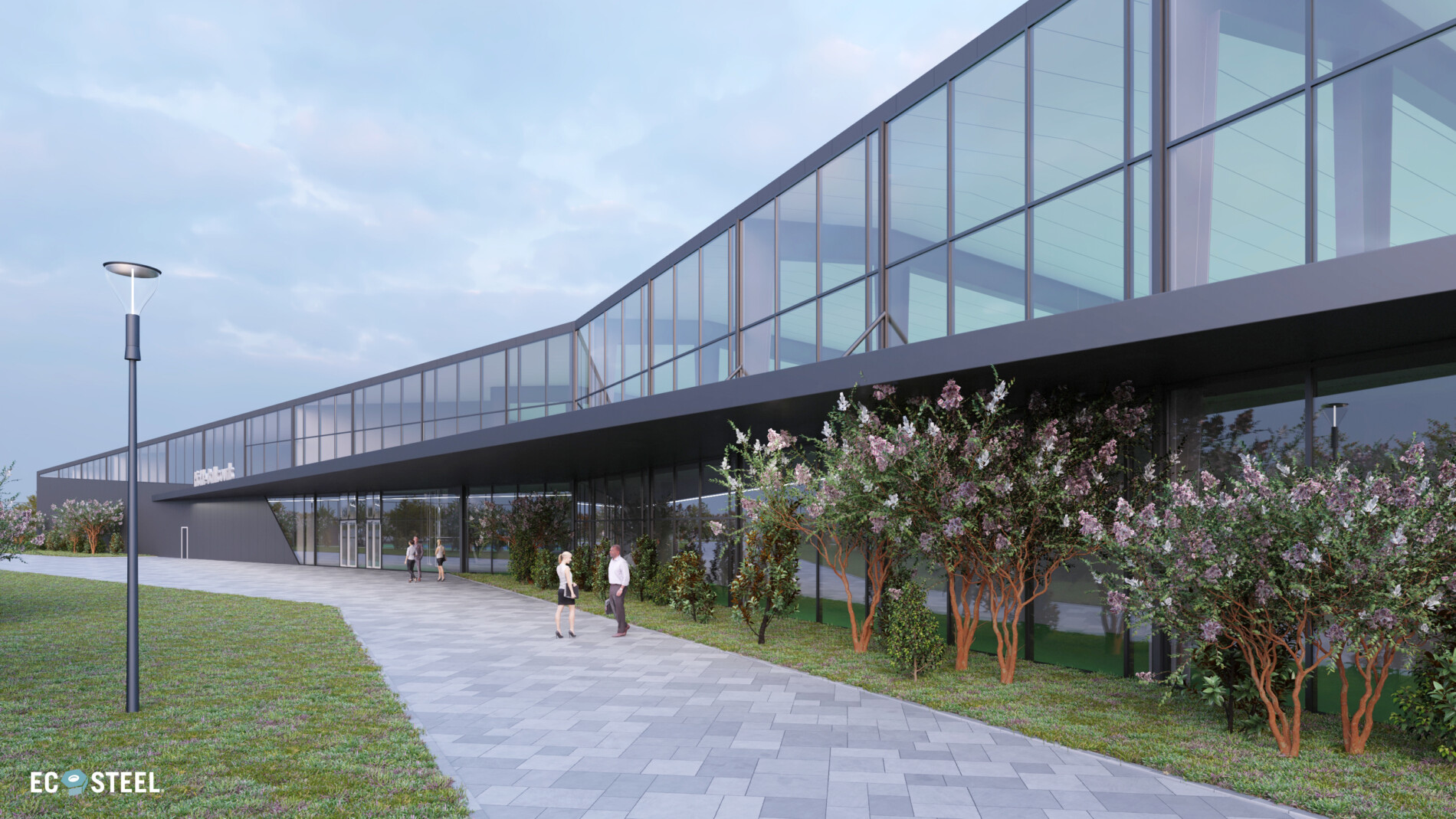
WHY ECOSTEEL?
EcoSteel building systems come in a variety of shapes and sizes, but at their core they all utilize a custom engineered structural steel frame and a high-performance insulated shell. From sub-zero temperatures to dry heat or high humidity, Mother Nature continually tests the limits of building envelopes. While our insulated wall panels are a popular option, sometimes they are substituted or combined with masonry, stone, pre-cast or tilt-up concrete, wood, glass or other architectural wall treatments. The versatility and flexibility of our building systems allows for a myriad of colors, shapes, textures and designs. Today’s building projects require the perfect combination of energy efficiency, creative versatility, and reduced construction cost.
